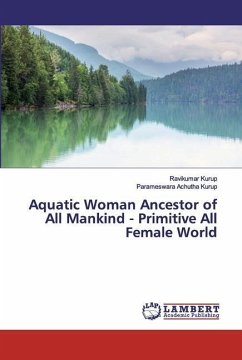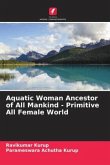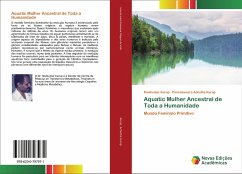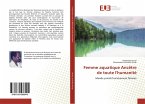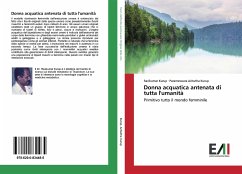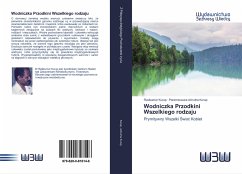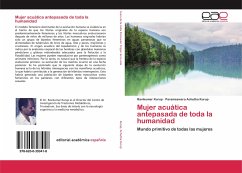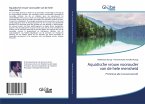The female dominant model of human evolution is evidenced by the fact that the original fossils of human species are predominantly female &male fossils evolved after billions of years. The original humans would have been a cluster of female bipedals in swampy waters feeding on tubers of water lilies, lotus &fish, mussels and shell fish. The watery origin of bipedalism and humans are indicated by the body anatomy of the females with pendular mammary glands and rounded glutei suitable for floating and buoyancy. The women can reproduce by parthenogenesis like lower animals. Therefore it is natural for the female of the species to evolve first. The evolution of males occurred at a later date. The next stage of human evolution has been postulated to be interspecies hybrids with the water mammals would have contributed to the generation of interspecies hybrids. This would have generated a population of both male and female bipedals in the swamps with different type of sexual interactions. Heterosexuality as a mode of sexual behaviour would have become acceptable to society. Evolution is gynocentric &aquatic. This would have contributed to the mother goddess concept.
Hinweis: Dieser Artikel kann nur an eine deutsche Lieferadresse ausgeliefert werden.
Hinweis: Dieser Artikel kann nur an eine deutsche Lieferadresse ausgeliefert werden.

